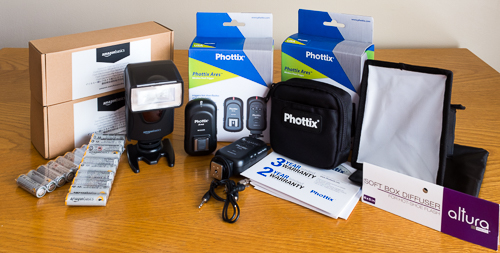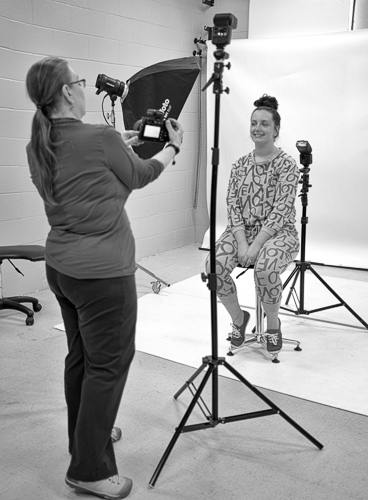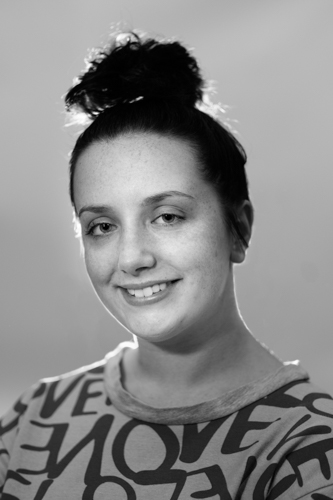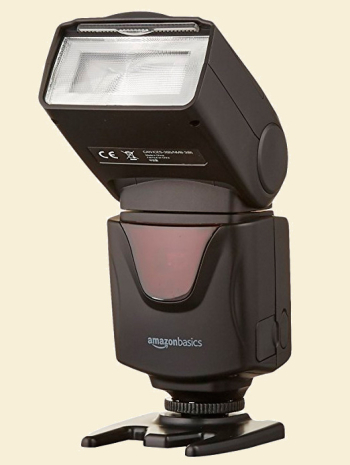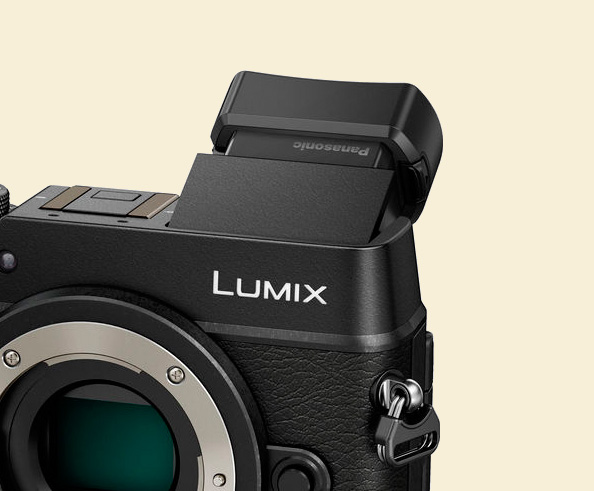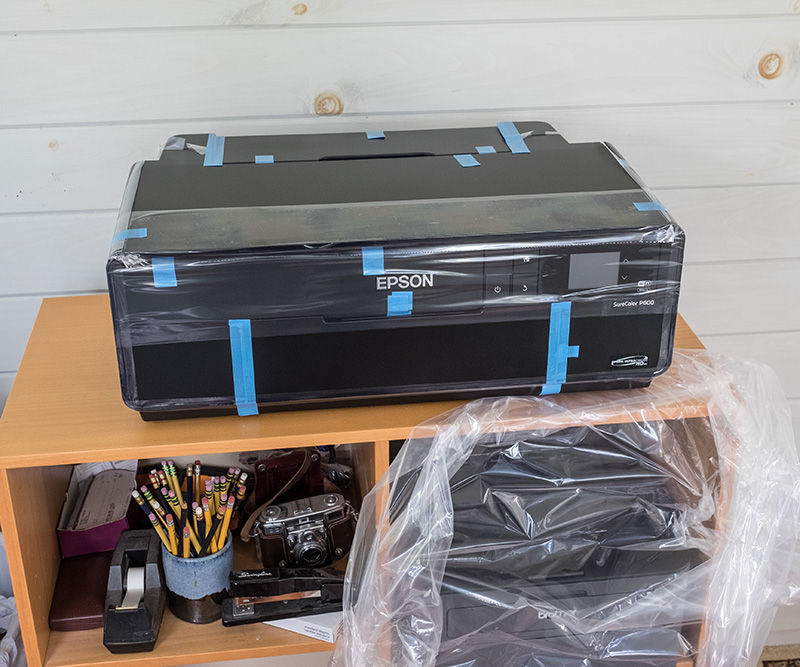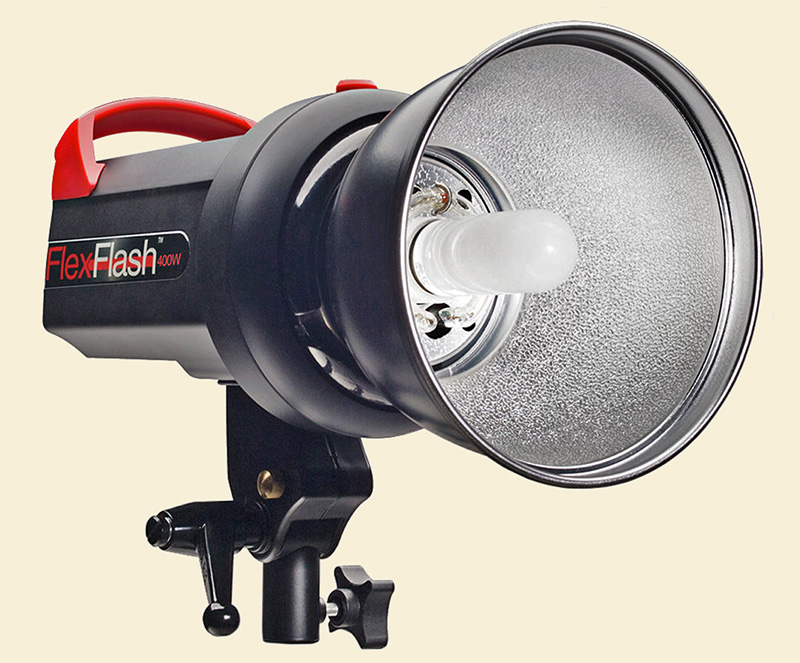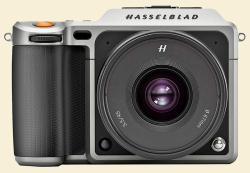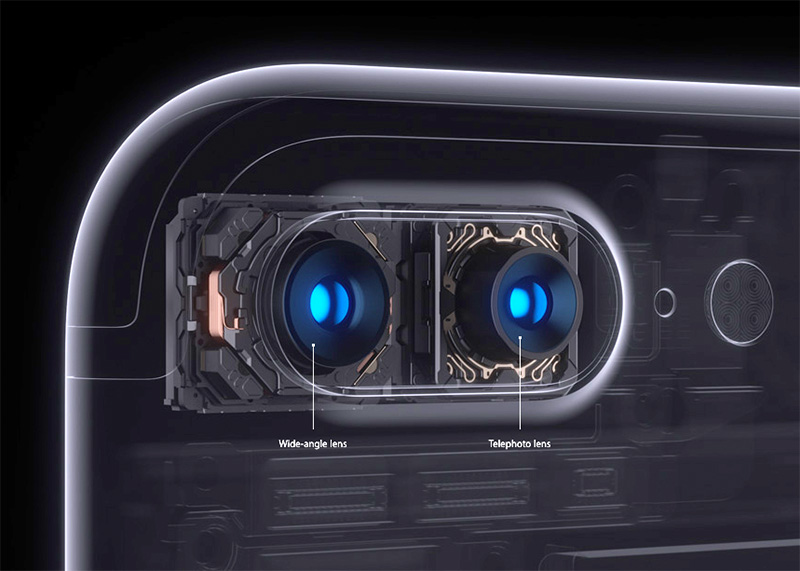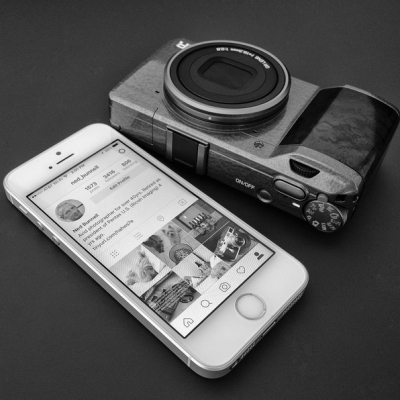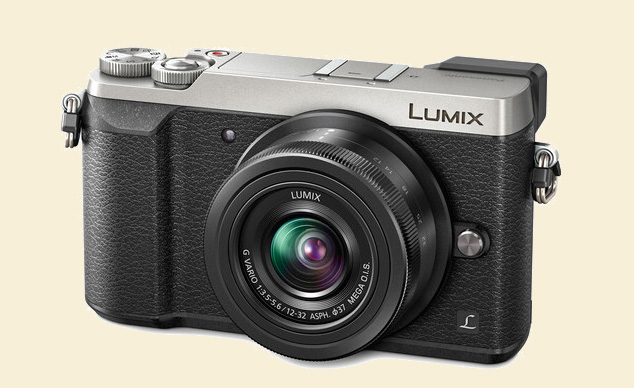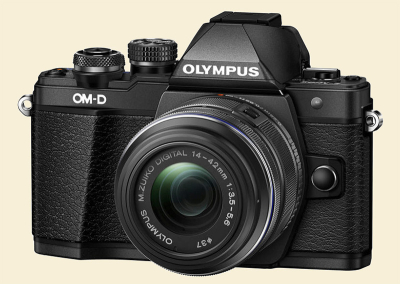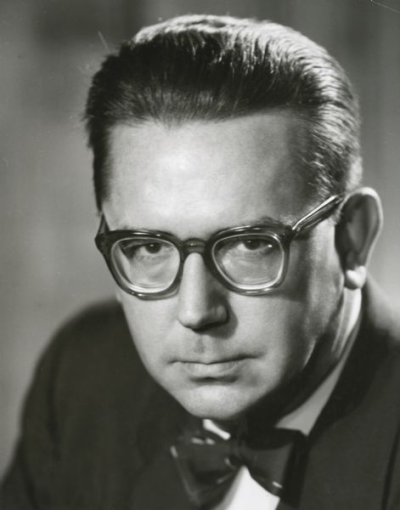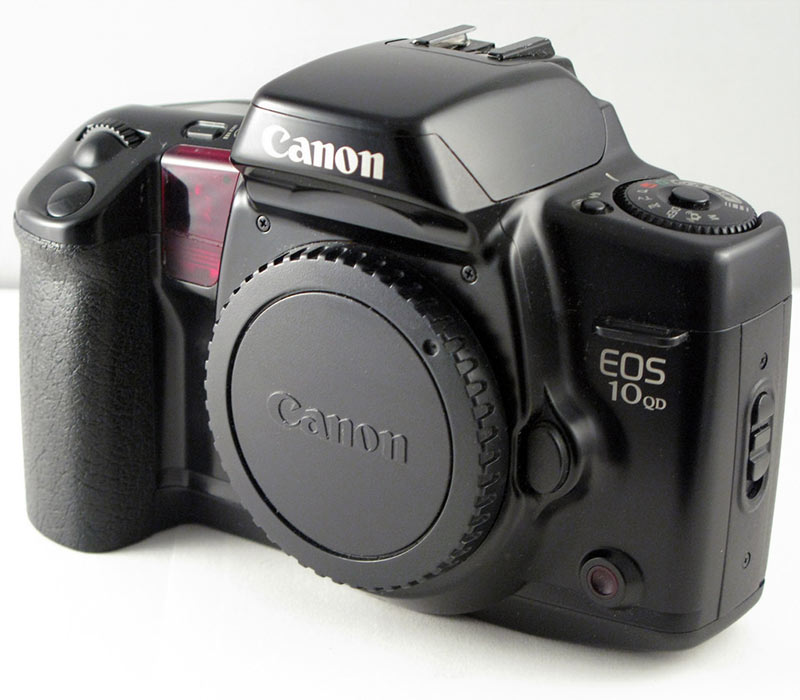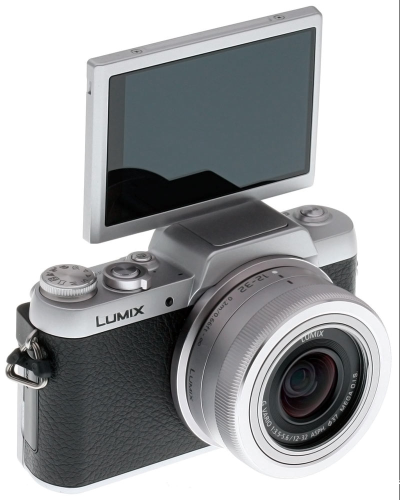Just a few stray thoughts relative to yesterday's post. First that there's no right and wrong. I know of two photographers who actively liked large cameras: my friend Kim Kirkpatrick of C60Crew fame is one, and the other is Ansel Adams, who, whenever he was asked (as he often was) what camera he used, liked to reply, "The biggest one I can carry!" So I'm not advocating for anything or criticizing anyone who likes any type of camera. "It's a big world," as they say*. Photographers use what they need to use to do the work they want to do, and that's the way it is and ever should be.
Still, the size of the recording area behind the lens has always been, up till extremely recently**, a constant technical parameter of photography. The larger the film or sensor size, the less the effective depth of field, and, all else being equal***, the more information will be captured. The smaller the film or sensor, the greater the effective depth of field, and, with everything held constant, the less image information it will contain.
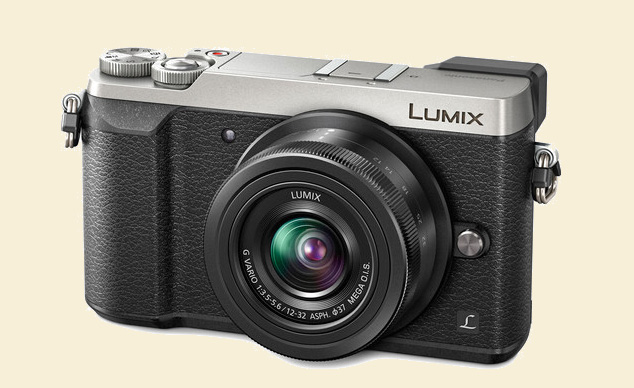
A current paragon of near-perfect sensor, lens, and body size,
the GX85 can yield quality that approaches 645 film
There are all kinds of related considerations, the main one being that the larger the film or sensor, the less convenient and more expensive it tends to be to use, and the smaller the film or sensor, the more convenient it is. When "serious photography" overwhelmingly meant black-and-white film, I used to say that the larger the film format, the more difficult it was when you were shooting and the easier it was in the darkroom, whereas the smaller the film format, the opposite was the case. The most exciting camera development this year was the announcement of the Fuji GFX 50S, a very small, compact and handy medium-format-sensor camera that will have a Full-Frame-beating 33x44mm sensor. Large is getting more convenient all the time.
We've discussed before that the "same" image quality has been "moving down" in sensor sizes over the years. While impossible to measure with any exactitude, it's undeniable as a general principle: it's now possible to get better image quality from APS-C than the early FF cameras offered, and 1" sensors (8.8x13.2mm) can now achieve what it took APS-C to accomplish in earlier days.
And it's become almost conventional to note that much smaller digital formats can exceed the sharpness and detail of much larger sizes of film. Thirty five millimeter film was good enough for most people in 1990; today 1"-sensor cameras compare favorably to it.
So generally, it seems to me, one of the major desirable features of digital equipment is that it can be small. This puts me rather at odds with some (not all) of the current trends in high-quality equipment, for example the Zeiss G-Master lenses for Sony and the Leica SL lenses. Am I sorry lens makers have a market for making unlimited-performance optics for cameras? Perish the thought! I love lenses, and one of my basic tenets as a writer about equipment can be summed up in the phrase "choice is good." At baseline, I want photographers to have available to them what they need to do the work they want to do.
Still, one of the truly cool and very appealing things about digital photography circa 2017, to my way of thinking, is that you can get good stuff that's small, portable, and handy. I photographed with a Minox "spy camera" (8x11mm) in about 1975 (it was my Dad's), and a Kodak Disc Camera (8x10mm) at Christmas 1982 (I poached my 11-year-old cousin Katie's Christmas present and used up all the film that came with it, much to her wonderment). Neither one was good enough. In my film years I used 35mm and 6x6 cropped to 645; 645 was my favorite or optimal format, although I never found a 645 camera I liked. Now, my "note-taking" camera is an iPhone 6+ (~5.16x6.25mm sensor—quite noticeably smaller than the dimensions of Minox or Disc camera film) and my favorite "serious" format is APS-C (smaller than 35mm and 645). APS-C (15.6x23.6mm) seems to me to offer the best balance for depth-of-field. I can get enough D-O-F most of the time, and shallow enough D-O-F when I want it. And current APS-C cameras offer enough detail and exposure range (AKA dynamic range) for the print sizes I like to make.
Camera body and lens size
As for camera size, it's gotten so they can be too small. With large-ish hands, I need enough to "get to grips with." I've been a brand nomad, and one reason is because my first "DMD" camera was a Panasonic GF1, and Panasonic's natural successor, the GX1, was just too small. That was why I migrated away from Panasonic, alighting eventually with the Sony NEX-6 for a spell before moving on to Fuji.
As far as lens size is concerned, Micro 4/3 lenses seem perfect to me—the apotheosis of the old original pre-ASPH Leitz-family-era Leica lenses. The quality-no-object design exercises (such as this one) aren't too chunky, and good zooms aren't too chunky either, and the right-sized, right-speed lenses are just...gems. But APS-C lenses, especially Fuji's, aren't very far at all from right-sized either.
So these days, we're able to shoot with smaller, handier, easier-to-carry cameras. And, although you wouldn't know it from the lenses generally on offer, slower lenses, too.
This is just my own opinion and my own perspective, of course, and I'd never expect everyone to agree. But I'm very happy in the Micro-4/3-to-mirrorless-APS-C sensor-size/camera-size/lens-size range. Others surely delight and enjoy departing from that range in either or both directions, and I have no quarrel with them.
Thus I have no quarrel whatsoever with a photographer who loves his Leica SL and will exult in the quality of a Summilux-SL 50mm, or a Sony A7[x] shooter happily collecting G-Master lenses. But by lugging a one-kilogram normal lens around (considerably more weight, as one commenter pointed out yesterday, than a Noctilux, the now dethroned over-the-top big-as-a-glass-brick champ), you're really missing out on something valuable and precious. You will have voluntarily foregone one of the great advantages of digital.
Mike
*And note that we also say "it's a small world." Ever noticed how for most aphorisms or sayings, there's also an opposite saying floating around? Plus, sometimes sayings mean the opposite of what they appear to mean.
**Computational photography is in its infancy, but might be the wave of the future, and that could put paid to the old notion of capturing "the" lens image on a single sheet of film or a single chip.
**Acknowledging that Ctein used to say, "all else is never equal."
Original contents copyright 2016 by Michael C. Johnston and/or the bylined author. All Rights Reserved. Links in this post may be to our affiliates; sales through affiliate links may benefit this site.
Like what you read?
Give Mike a small gift or buy something for yourself
(To see all the comments, click on the "Comments" link below.)
Featured Comments from:
Curt Gerston: "It's interesting to me how much my purchasing priorities have changed over the years. Early in digital it was the highest image quality I could afford, which meant bigger DSLRs and lenses. At some point, 3–4 years ago, the quality got so good across brand and format, that it has become all about size and enjoyment-of-use for me. The camera industry as a whole has diversified in so many directions, with excellent IQ all around, there seems to be a system for nearly everyone, no matter their priorities."
Frank Petronio: "I have a big Zeiss 50mm and while I was skeptical, these new-era designs are really quite spectacular on the high-rez FF bodies. For years prior I was dinking around with the smaller conventional primes and while they were more compact, once you look at files or prints side by side you can definitely see the improvements. The difference is significant enough that I'm tempted to toss a lot of earlier work made with lessor lenses and sensors.... If you want a small camera then there are plenty of options but I quite appreciate the beast because it really is medium format quality for a fraction of the price (and a lot more versatility). I simply carry the one camera body and one lens most of the time and it's not that bad. If anything it's simply the one camera one lens philosophy taken to a higher level."
Dave: "I can't imagine a situation where the photos from this lens would be that much different from a lens that was half the weight and 20% of the price. Or even 2% of the price. Perhaps I'm of limited imagination."
Nigel: "For me it is in the long lens zone that Micro 4/3 or 1" is the winner for me. My Panasonic 35–100mm ƒ/2.8 is light and small as well has being a very nice lens. The Panasonic 100–300mm is light enough to carry on long walks. I have taken some of my favourite pictures with this lens in situations where an APS or FF lens would not be just too heavy and bulky to take on a long walk. IBIS makes hand-holding at 300mm more than possible. Long lenses on smaller formats have opened up a lot of creative doors for me."
Bruce: "Hi Mike, great post...having just come back from a walk up a hill in Nepal (Everest Base Camp) my views about this topic are tinted by the fact that an Olympus E-M1 and two primes (the fabulous 12mm ƒ/2 Zuiko and the 45mm ƒ/1.8) and two zooms (the 9–18mm and the older 40–150mm ƒ/4–5.6) are still very heavy at 5,350 meters altitude. Looking at the EXIFs of the 1500 pix taken, I find 80% taken with the 9–18mm, none with the 45mm, 10% with the 12mm, and 10% with the 40–150mm.
"I carried the body and 9–18mm around my neck supported by the waist band of my backpack up past Namche Bazar until the strain became apparent on my 68 year-old-frame. The camera went into my day pack, and out came my Nikon J1 with the 10mm prime which then produced some of the best pix of the trip. Panoramas stitched from two or three snaps from the 1" sensor now adorn my walls, and are better than old 16x20s from my 35mm film days. I felt very sorry for the trekkers lugging their Canikon full frames with 24–70s around their necks (most with a 70–200mm ƒ/2.8 in their day bags)—they were so exhausted that they missed smelling the roses and seeing the most amazing and spectacular photo ops.
"Vale the Nikon 1 system—a brilliant camera for the job. And, incidentally, the only Nikon I've ever owned, having cut my teeth on Pentax SV, Olympus OM-1, Canon APS-C, now Micro 4/3. I'm happy with my pix. And isn't that what photography is all about? Being happy with your pix?"
Geoff Wittig: "For some years now I've shot most of my landscapes with zoom lenses, but turned to fast primes for indoor portraits, generally Canon's 85mm ƒ/1.8 and the 135mm ƒ/2 'L' model. I recently bought Sigma's new 85mm ƒ/1.4 'art' lens, and it's optically fabulous—no vignetting whatsoever, stupid sharp, and lovely bokeh. But it's huge! Here's a comparison photo with Canon's 85mm ƒ/1.8, and it's David and Goliath:
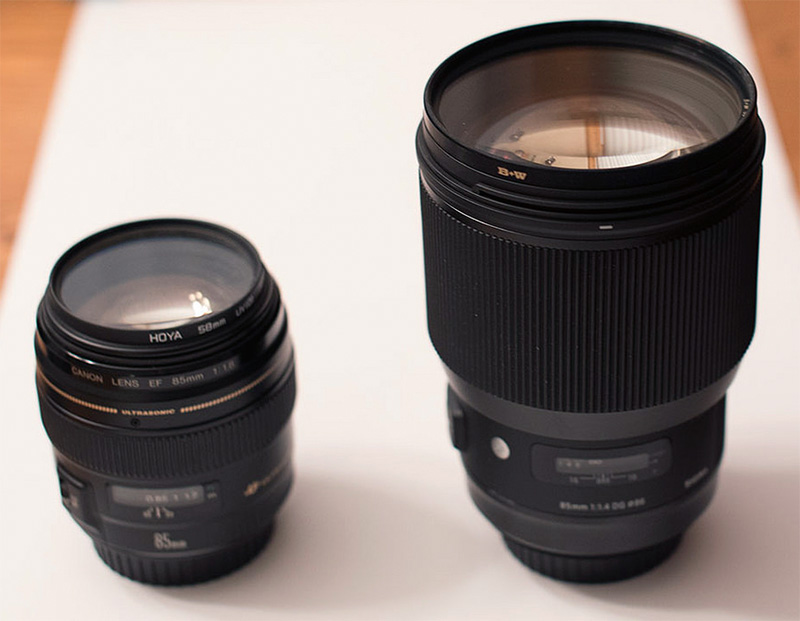
"The comparison is even more ludicrous with the lens shade attached."
mark I: "This has happened before. When the Olympus OM-1 came out everyone else started making small cameras. Nikon then went from the F3 to the massive F4 and I loved it, so much that I bought another this week and still love its handling. I use a Nikon D810 and a Fuji X100T. The Fuji is going as I find it too small to handle properly and the Nikon could be bigger as far as I'm concerned. In fact I find the weight makes it easier to handhold in low light. Lucky we're all different...."
Mike replies: ...Whereas I sold my F4 for two N8008's. Although I do agree with you about the Fuji X100[x]. A lovely camera, but a bit too small for me.
